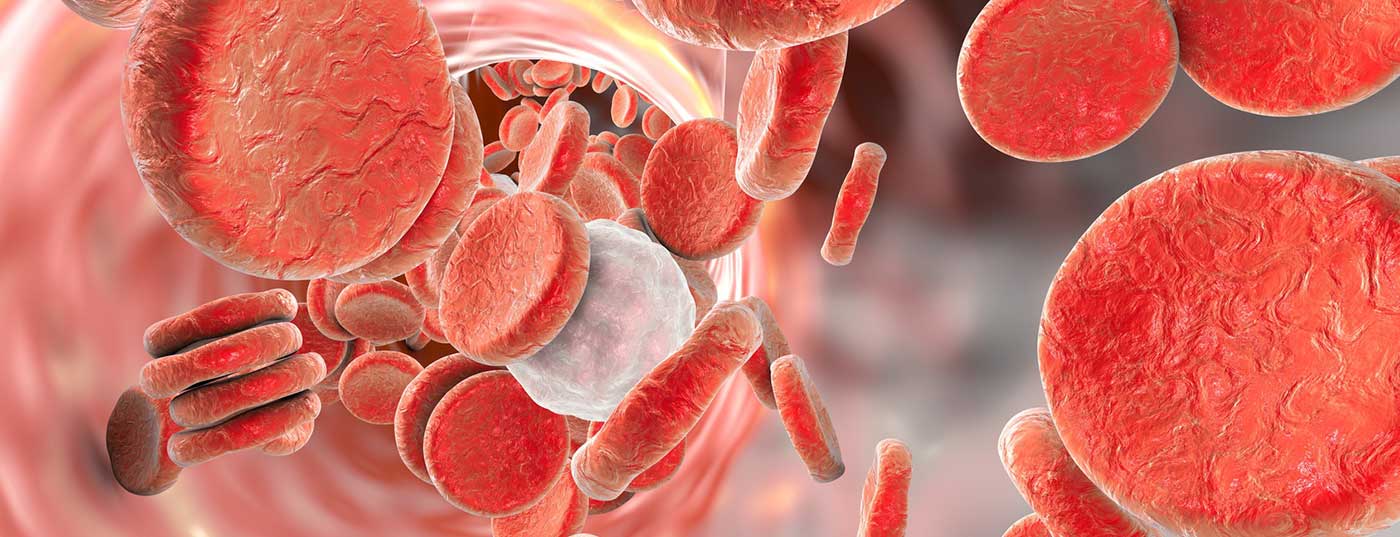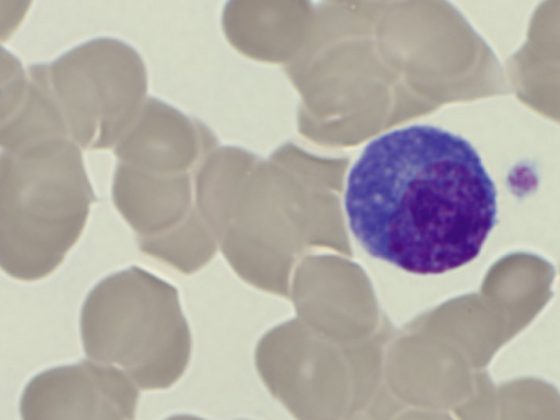What is the optimal therapy for tumor-associated venous thromboembolism? This question was addressed by two renowned scientists who weighed up the advantages and disadvantages of the available treatment options.
Up to 12% of all cancer patients develop tumor-associated venous thromboembolism (VTE) – sometimes with fatal outcomes. Currently, low-molecular-weight heparins are recommended by the guidelines for both acute therapy and prophylaxis. However, direct oral anticoagulants (DOAKs) are increasingly coming into focus. PD Dr.med. Jan Beyer-Westendorf, Dresden (D), explained that the treatment of this clientele is not comparable to normal anticoagulation: “Not only is there a different thrombus composition, but also different complication rates.” Up to 15% of those affected suffer a recurrence and between 3 and 7% severe bleeding. The combination of tumor and thrombosis also leads to a significantly increased mortality of 31.2% compared with 5.1% in those with thrombosis alone and 7.4% in patients with cancer alone. This suggests the question of whether the focus should be on improved primary prevention or more effective VTE therapy.
Only low-molecular-weight heparins (NMH) are approved for primary prevention. However, the data are very contradictory. Only in acutely ill, hospitalized internal medicine patients has it been demonstrated that the administration of NMH, UFH, or fondaparinux is associated with reduced mortality. Routine drug VTE prophylaxis is not indicated in outpatients. Here, individual decisions should be made, reported PD Dr. med. Marianne Sinn, Hamburg (D). DOAKs are not approved for primary prevention.
Avoid VTE recurrences
The guidelines give preference to NMH over vitamin K antagonists (VKA) for the treatment of VTE. NMHs are also actually superior to VKAs, but still result in a high rate of VTE recurrence and major bleeding. In terms of prevention of VTE recurrence, DOAKs have been shown to be significantly ahead of NMHs. However, they are associated with a higher risk of severe and clinically relevant bleeding. The experts agreed that both NMH and DOAK have their justification – depending on the indication and the individual situation of the person concerned. NMH are in themselves a good option for CAT therapy, although adherence to injections must be considered. DOAK achieve better acceptance through oral administration, which can lead to longer treatment times. However, higher rates of mucosal hemorrhage are observed here, which means that caution is advised, especially in patients with gastrointestinal or urogenital tumors.
Source: Annual Meeting of the German-Speaking Societies of Hematology and Medical Oncology (DGHO) 2019
InFo ONCOLOGY & HEMATOLOGY 2019; 7(6): 25 (published 12/8/19, ahead of print).











